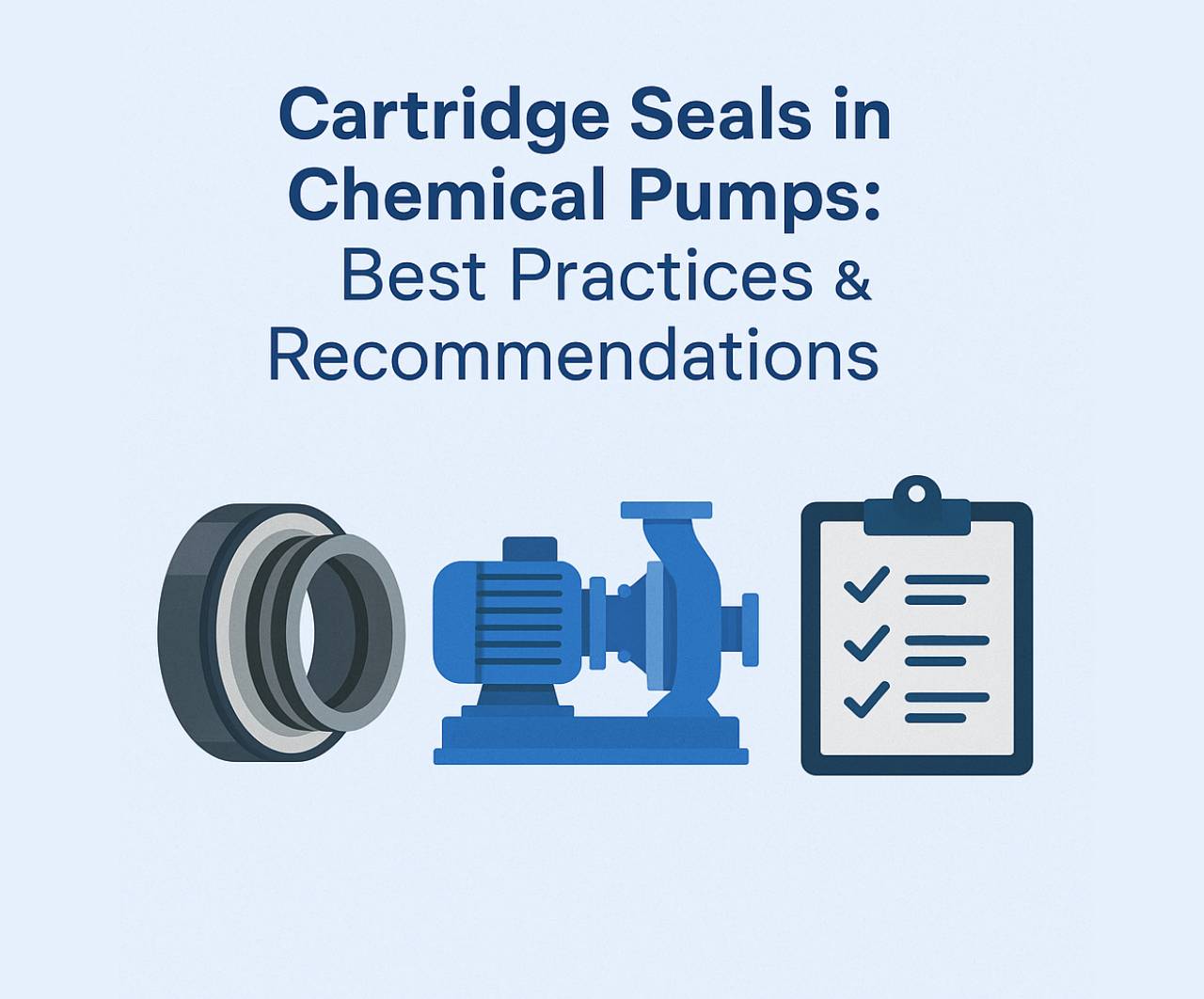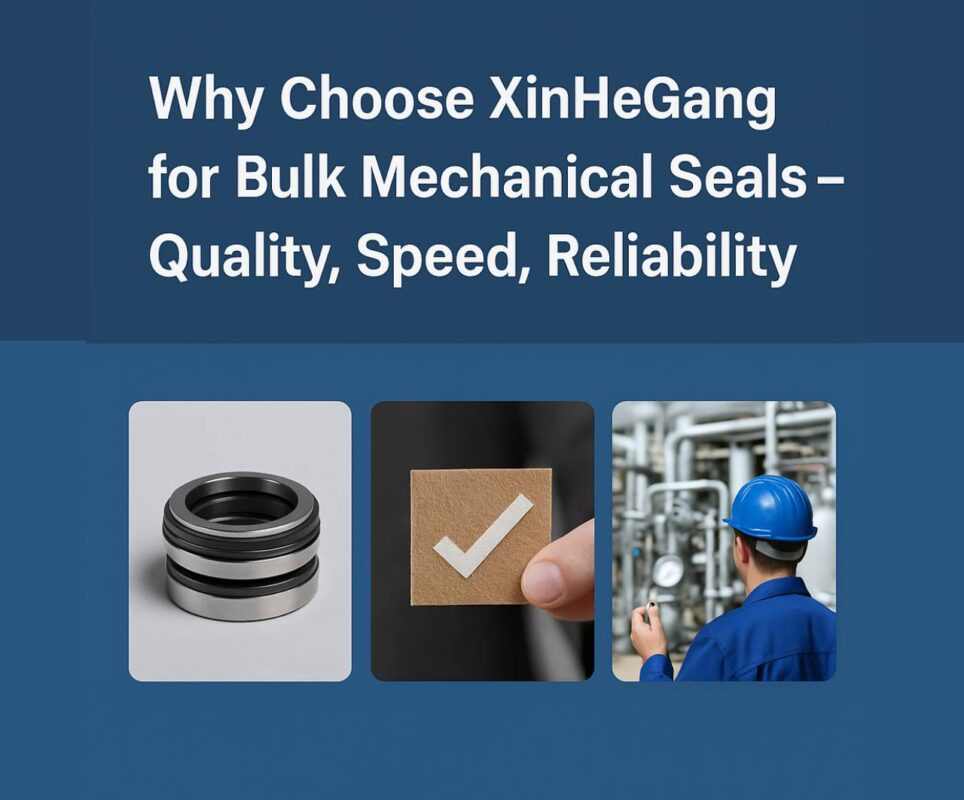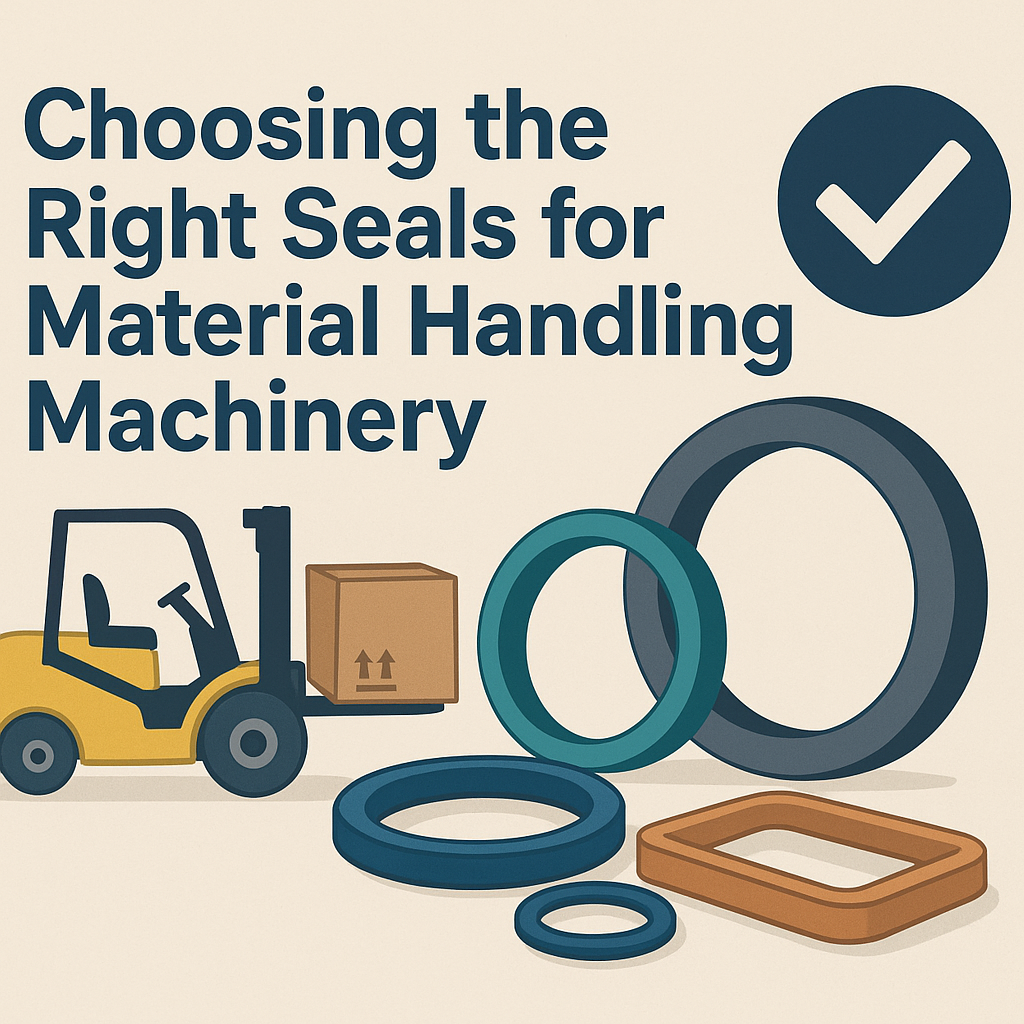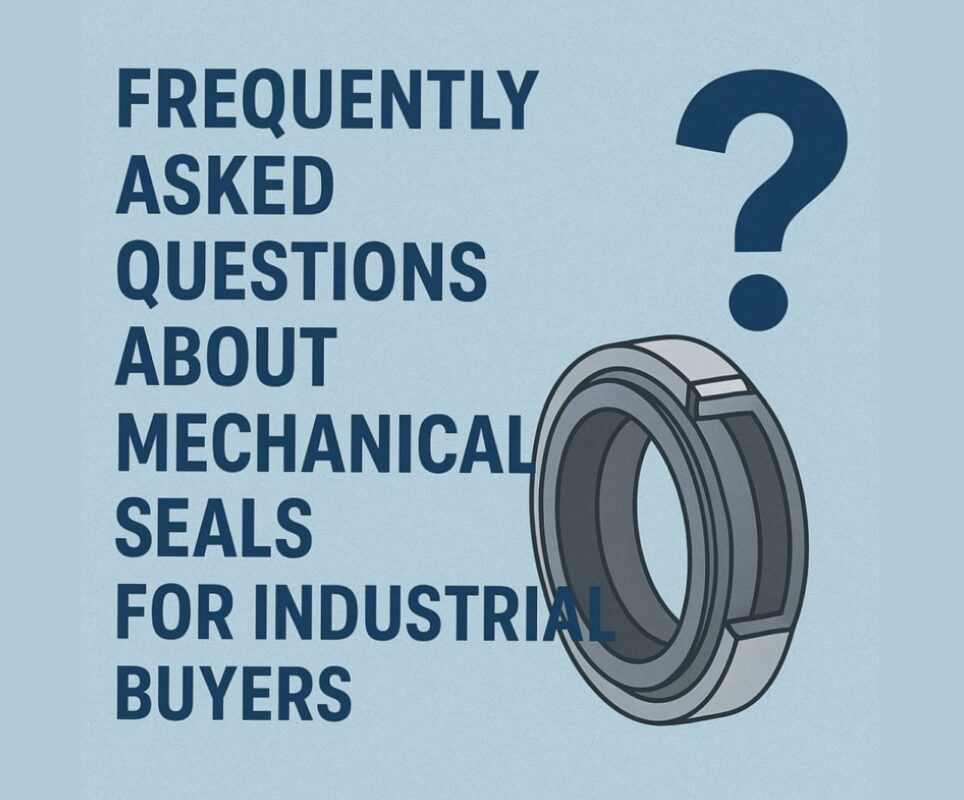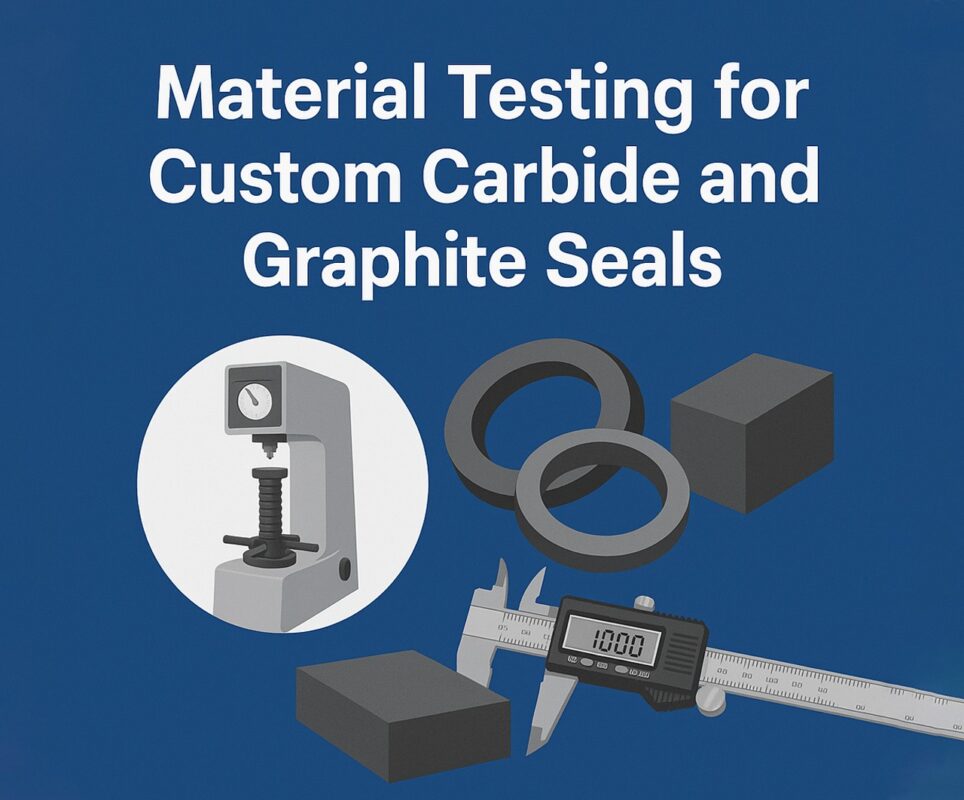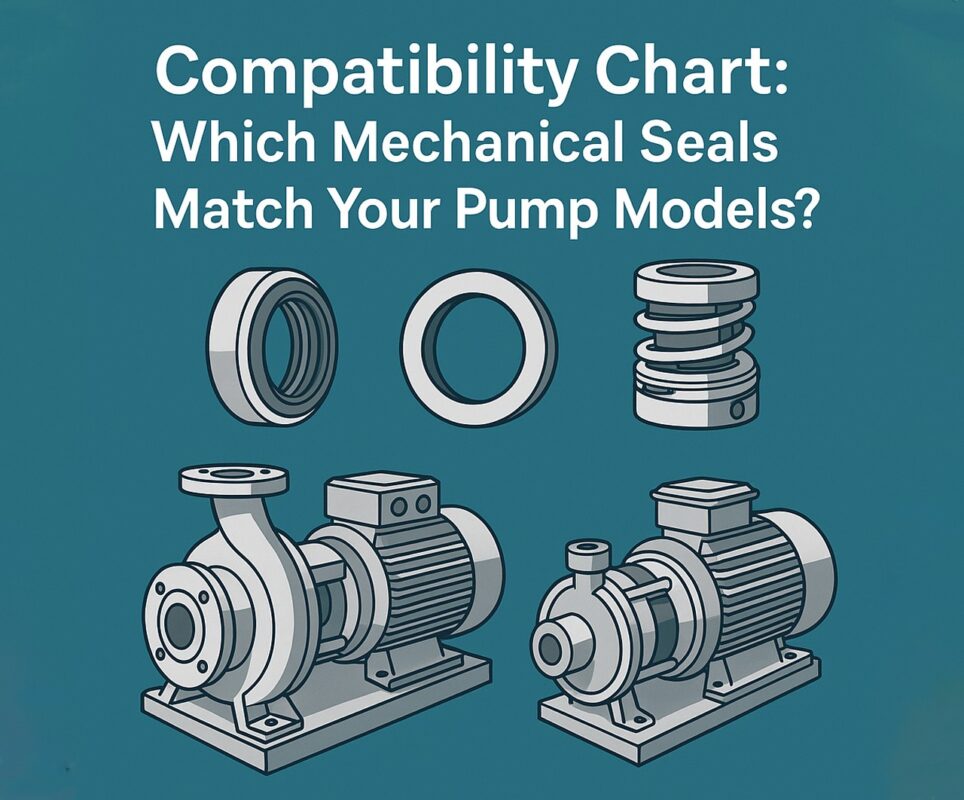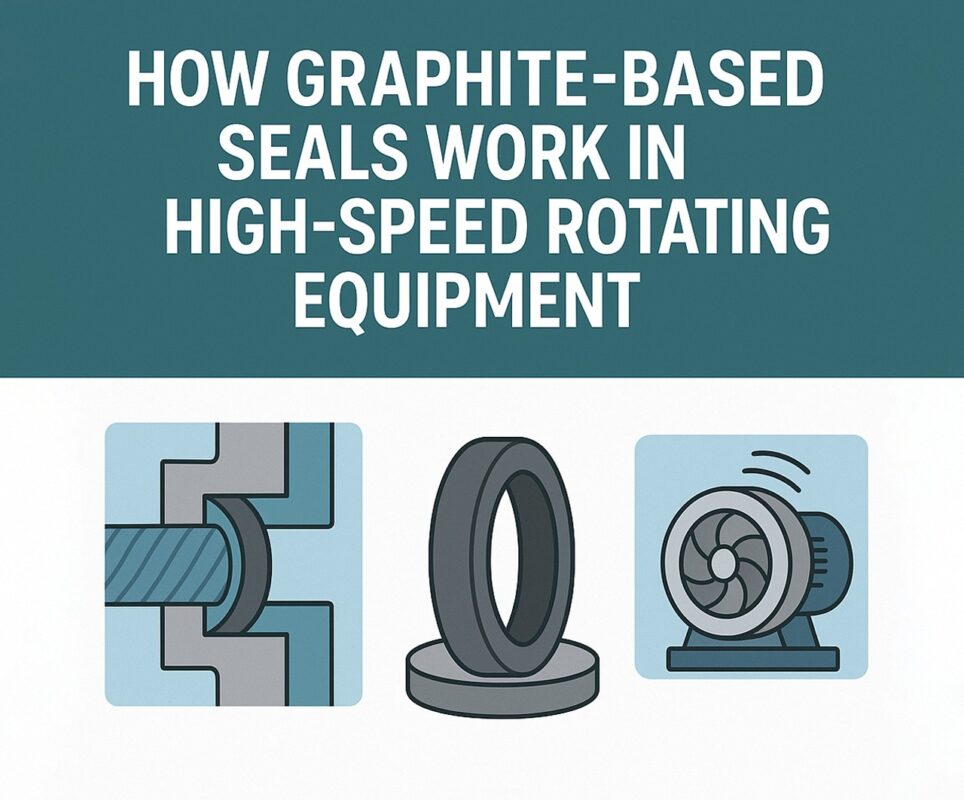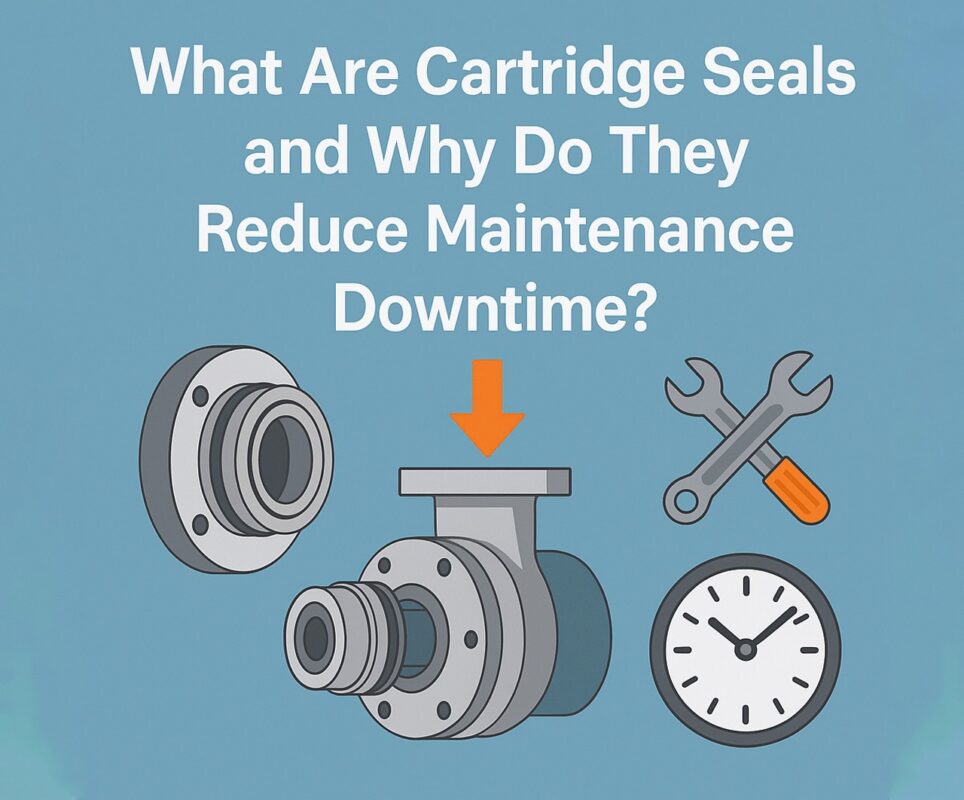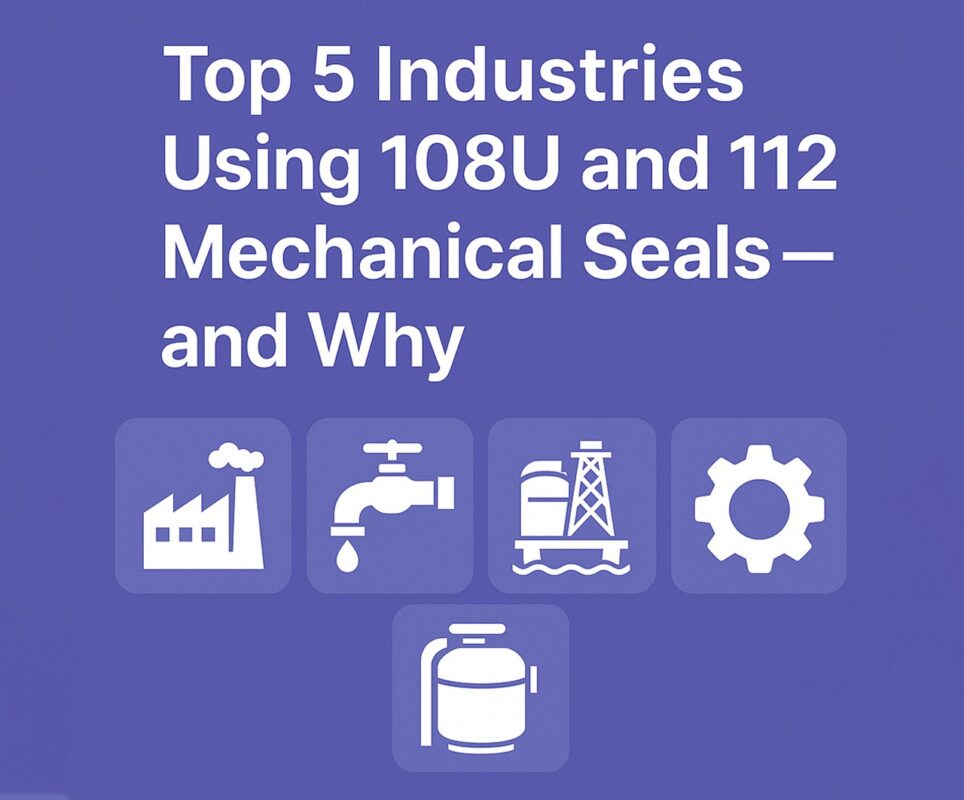In the world of fluid handling, especially within corrosive and high-risk environments, selecting the right sealing technology is critical. Enter the cartridge seal, a game-changing innovation in mechanical sealing that simplifies installation and boosts reliability. Whether you’re designing, repairing, or upgrading equipment, a cartridge mechanical seal offers major benefits for chemical pump applications. As more industries aim to enhance safety, minimize downtime, and improve performance, cartridge seals are fast becoming the standard—not the exception. Know more..
What Is a Cartridge Seal?
A cartridge seal is a pre-assembled mechanical seal system that includes all necessary components—sealing faces, gland plate, sleeve, and hardware—housed in one compact unit. Unlike traditional seals that must be built in place during pump assembly, cartridge mechanical seals are factory-fitted, aligned, and pressure-tested before shipping.
This eliminates complex measurements, reduces installation errors, and offers a plug-and-play experience. These characteristics are especially valuable in chemical processing where even minor leaks can lead to dangerous outcomes.
Advantages of Cartridge Seals in Chemical Pumps
1. Quick and Reliable Installation
One of the biggest advantages of a cartridge seal is ease of installation. With traditional seals, technicians must assemble components manually, risking misalignment or uneven loading. Cartridge seals come ready to mount, ensuring proper fitment and function from the start.
2. Enhanced Safety
Chemical processes often involve hazardous or volatile substances. A leak-free sealing system is crucial. The pre-engineered integrity of a cartridge mechanical seal means fewer chances for human error and a reduced risk of contamination or leakage.
3. Standardization
With cartridge seals, facilities can adopt standardized sealing units across multiple pump types. This simplifies training, spare parts inventory, and maintenance protocols—ultimately reducing costs.
4. Reduced Downtime
Because cartridge mechanical seals can be swapped quickly and easily, maintenance time drops significantly. Equipment gets back online faster, which is especially critical in continuous process environments.
Cartridge Mechanical Seal Design Features
A modern cartridge seal typically includes:
- Primary sealing faces: Often made from hard materials like silicon carbide or tungsten carbide.
- Secondary sealing elements: Usually elastomers like Viton or EPDM, depending on the chemical being handled.
- Metal components: Stainless steel or alloy construction to resist corrosion.
- Gland plate and sleeve: Integrated to simplify mounting and alignment.
Each element is optimized to handle the thermal, chemical, and pressure variables common in chemical pump operations.
Best Practices for Implementing Cartridge Seals in Chemical Pumps
1. Match Seal Materials to Process Fluids
Always select a cartridge mechanical seal with materials compatible with the chemicals being pumped. For example, EPDM might work well with water-based chemicals, while Viton is better for hydrocarbons.
2. Ensure Proper Shaft and Housing Conditions
Though a cartridge seal simplifies installation, it still relies on the shaft being within specification. Check for wear, runout, and surface finish before installation.
3. Use Correct Torque and Assembly Procedures
Avoid overtightening or uneven bolt loading. Follow the manufacturer’s torque specifications to prevent distortion or leakage.
4. Pre-Lubricate and Clean
Before installation, ensure that the shaft and seal components are clean and lubricated with compatible fluids. This reduces startup friction and improves seal performance.
5. Monitor Post-Installation Performance
After installing cartridge seals, monitor for vibration, temperature spikes, and pressure changes. Early detection of anomalies helps prevent long-term failures.
Common Applications in the Chemical Industry
Cartridge mechanical seals are now used in a wide range of chemical processes:
- Acid and alkali transfer pumps
- Solvent circulation systems
- Polymer manufacturing
- Pesticide and fertilizer production
- Petrochemical refining
Their ability to provide safe, low-maintenance sealing in harsh environments makes cartridge seals the go-to choice for modern engineers.
Troubleshooting Cartridge Seal Issues
Even the best cartridge seal systems may face problems if improperly used. Here’s how to diagnose and fix common issues:
- Excessive leakage: Check alignment, shaft condition, and seal face integrity.
- Seal face wear: Verify material compatibility and lubricity of the pumped fluid.
- Elastomer degradation: Use the right O-ring materials based on chemical exposure.
- Thermal distortion: Ensure the seal is adequately cooled or flushed if used in high-temperature processes.
A proactive approach to troubleshooting extends the life of your cartridge mechanical seal and reduces unplanned outages.
Cartridge Seals vs. Component Seals
Let’s compare cartridge seals to traditional component seals:
| Feature | Cartridge Seals | Component Seals |
| Installation | Fast, easy | Time-consuming |
| Alignment | Factory-set | Manual |
| Reliability | High | Moderate (installation-dependent) |
| Cost | Higher upfront | Lower upfront |
| Maintenance Time | Low | High |
Although cartridge mechanical seals have a higher initial cost, the long-term savings in maintenance and reliability make them a better investment for chemical applications.
Future Innovations in Cartridge Seal Technology
The future is bright for cartridge seals, with new developments pushing the limits of performance and intelligence:
- Smart seals: With built-in sensors for temperature, pressure, and vibration monitoring.
- Low-emission designs: Meeting stricter environmental regulations.
- Modular seal systems: Allowing easier upgrades and customization.
- Additive manufacturing: Enabling custom seal geometries with less waste.
These innovations promise even more reliability and efficiency in tomorrow’s chemical pump systems.
Conclusion
For chemical processing environments where safety, efficiency, and uptime matter most, the cartridge seal is the modern sealing solution of choice. With simplified installation, consistent performance, and adaptable configurations, the cartridge mechanical seal transforms how we think about maintenance and reliability.
While some facilities may still rely on traditional component seals, the shift toward cartridge seals is accelerating—and with good reason. Their plug-and-play design, robust sealing performance, and compatibility with today’s aggressive chemical processes make them indispensable for forward-thinking operations.

